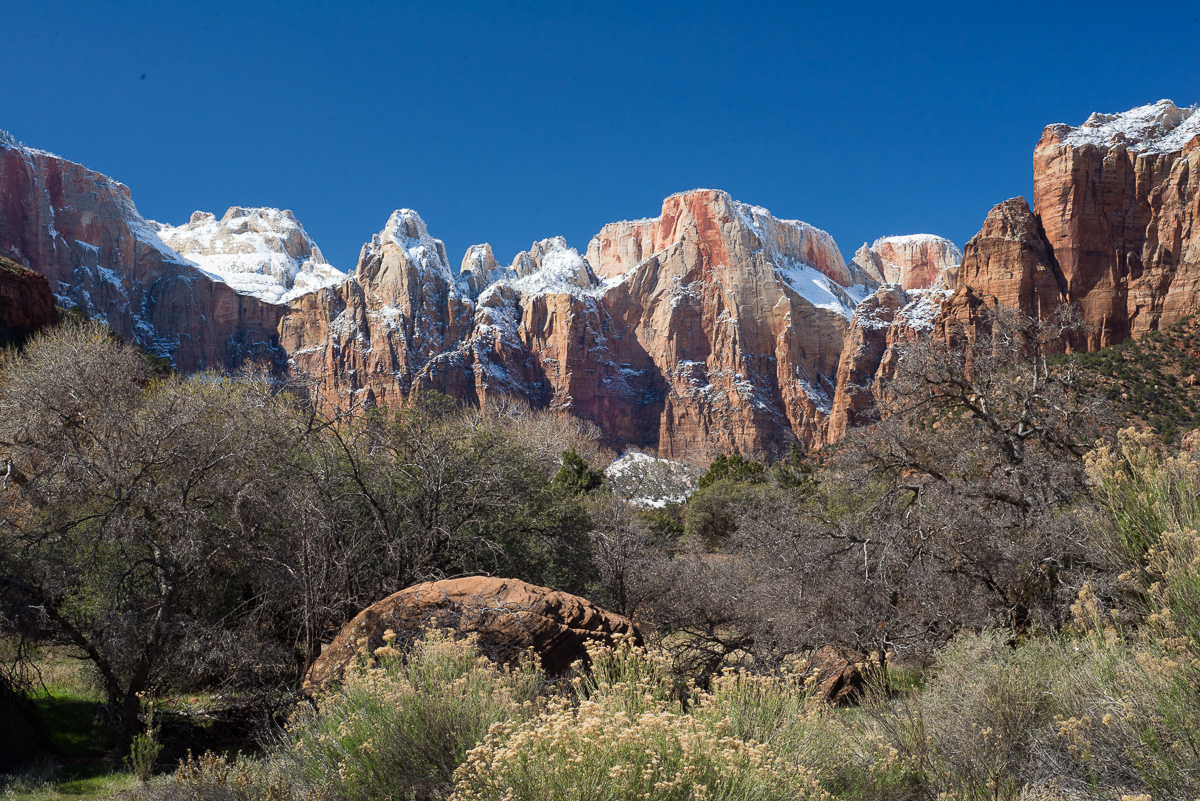Driving North on Nevada 15, the neon brightness of Las Vegas receding in the rear view mirror, storm approaching, calling for snow. These desert towns, perched precariously. Something about the disturbed desert, human activity doesn’t add much to this landscape. Left alone however, it is quite beautiful. Beauty is what we are seeking as we leave the Great Basin and wind through the Valley of Fire to St George and onward to Zion.
The desert is all about water. Water that once was, water that is no more, water that is yet to come. These sands, this Navajo Sandstone, all derived from inland sea sedimentation, sand dunes, compression. Great seas now gone, coastlines displaced. Lovelock, Nevada, that’s the place, the future coastline property as the developing fault carves off California and returns it to the island status it once occupied. “I’ve got a boat” the local citizen exclaims when given the news.
So far just rain, snow limited to higher elevations. We follow the Virgin River, carrier of sediment, carver of canyons, still hard at work. Water is what formed this land, eroding the Colorado Plateau, deepening innumerable basins and canyon, leaving the awe inspiring rock formations.
…
…
…
…
…
Zion Canyon. A national treasure. I was a bit skeptical but quickly fell under its spell. A lovely, lovely place. Intimate yet vast. The light dusting of snow set off the red rock nicely.
…
…
…
…
Water, in this dry climate. People say “did you see it, it wasn’t here yesterday” referring to ephemeral waterfalls produced by recent snow.
It is easy to understand why this canyon was held in reverence by the Native Americans and early European explorers. It has a cathedral feel, a sense of something great at work.
…
…
…
Early buds on Cottonwoods, a scattering of wildflowers, first signs of desert spring.
…
…
Here, southwest, Colorado Plateau, history seems near. A few layers only separate one from ancestral time and place and people. I like that feeling, I like to be close. The stories seem fresh, the tracks remain, the rock art vibrant. It is as if they just left.
…
…
…
…
Storm clearing, wispy clouds and mist rising as the sun heats the rock. Time for hiking.
…
…
…
…
…
The snow sharpens the outline of each rock and crevice. Each tree is frosted highlighting the enormity of scale.
…
…
…
…
…
What strikes me is the abundance of settlements, the density of population. Ancestral Pueblo, Anasazi, Fremont, Hohokam, Mogollon, Sinagua; their names are many. Wukoki, Mesa Verde, Casa Grande, Chaco, Tusayan; we know them now by remains of their pithouses and kivas , cities and roads. Flourishing cultures in their time. Petroglyphs, pictographs, pottery tell us some of their dreams and hopes, their attachment to this land we now traverse. A long, lasting legacy to be honored. The closeness of history.
…
…
…
…
…
…
Turning north now, gaining significant elevation as Highway 9 climbs to Mt Carmel Tunnel and joins number 89. Snow is heavy here, four feet deep approaching Bryce Canyon. Southern Utah looks weary, perhaps it is the long winter, or the long recession; it has been awhile since the good days. Dusty highway towns, derelict vehicles, hollow eyes. I read, re-read, John McPhee ( Basin and Range) and Edward Abby (Serpents in Paradise) in the evenings. Meditated on geology and culture and change in the desert southwest as I drove the landscape of their wanderings.
…
…
…
…
…
…
…
I like being in Geologic time, millions of years suits me better than minutes and days. This perspective is comforting in an era of intense human centered activity. Can we comprehend deep time, truly sense the passage of millions of years? I think so, I hope so, especially here where the record is preserved. Can we truly appreciate all that has come before, stretching back over time unfathomable, a rich history of which we occupy a tiny segment? I think so, I hope so, our future relies on it. A sense of Geologic time and scale is the most important thing to learn from the desert southwest. Tune your mind to the planets time scale, a companionship with the earth. Free yourself from the boundaries of human time. In a way you do not live at all, in another way you live forever.
…
…
Turning south now, descending the Grand Staircase/ Escalante. Pink Cliffs of the Claron Formation, Gray cliffs of Cretaceous, White Cliffs, Navajo Sandstone, Vermilion Cliffs, Chocolate Cliffs of the North Rim. The entire life span of the Dinosaurs. Millions of years exposed with each step. Side roads are beckoning, “passable by two wheel drive, sometimes, except when —-always carry extra fuel and water—-no phone service”. Two deep ruts in sand lead off serpentine across the fragile desert. Better left to imagination. Arriving in Page, Navajo Nation, the Reservation. A homecoming of sorts, I have been here before, have some familiarity with and attachment to the people and place. Bright smiling faces, courteous, kind. Welcoming.
…
…
…
…
Now the desert comes alive. Wild desert of the Reservation, untrampled, natural; scattering of homes, hogans, corrals. Modest, unassuming, living with the land. Green, who thought the desert could be so green. Blooms; on tree, shrub, flower, cactus—gorgeous. Truly a delightful drive through northern Arizona to Tempe. Plenty of time for contemplation, unhurried, taking in the land and its beauty. Soft desert breeze through my window.
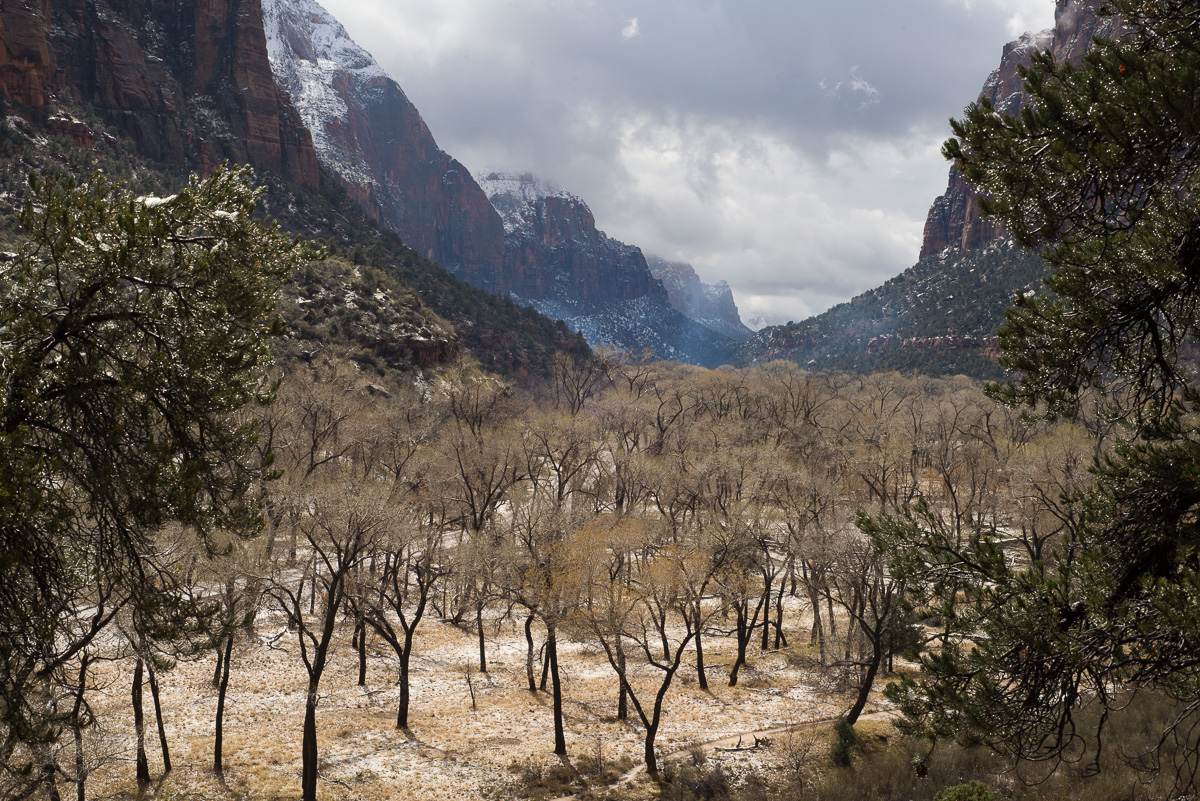
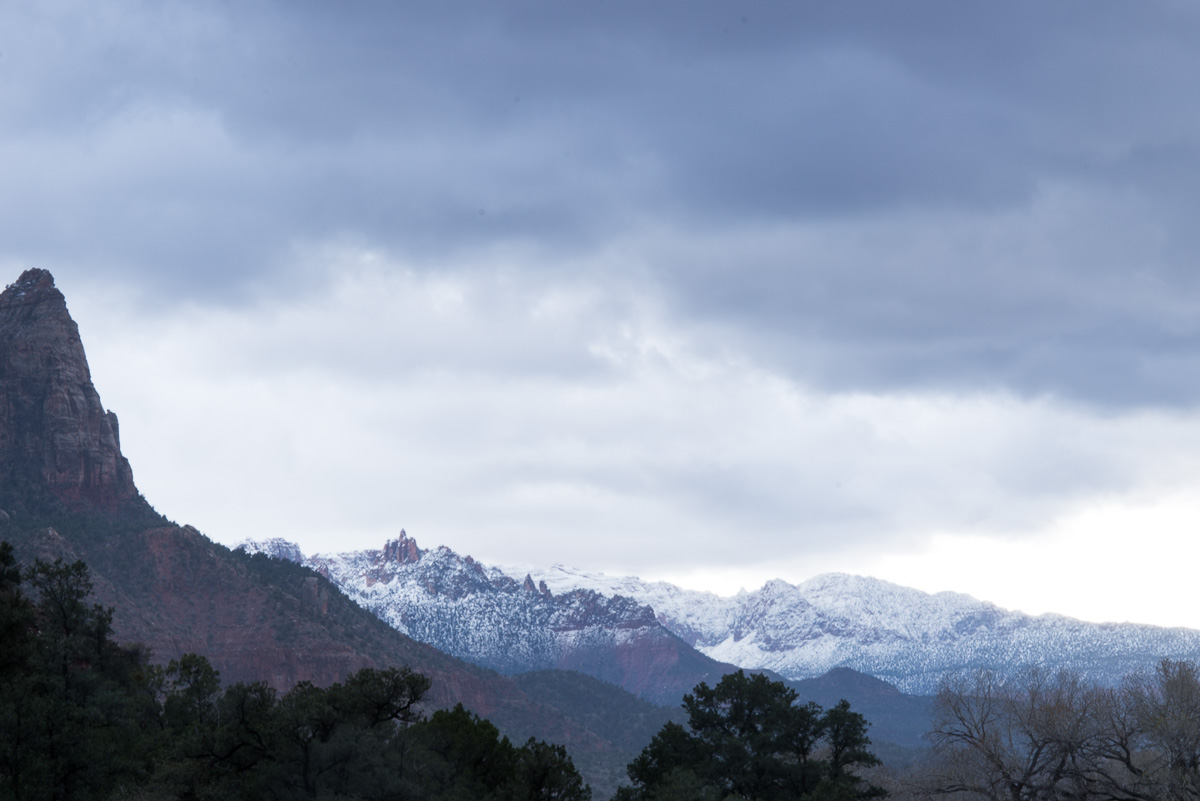
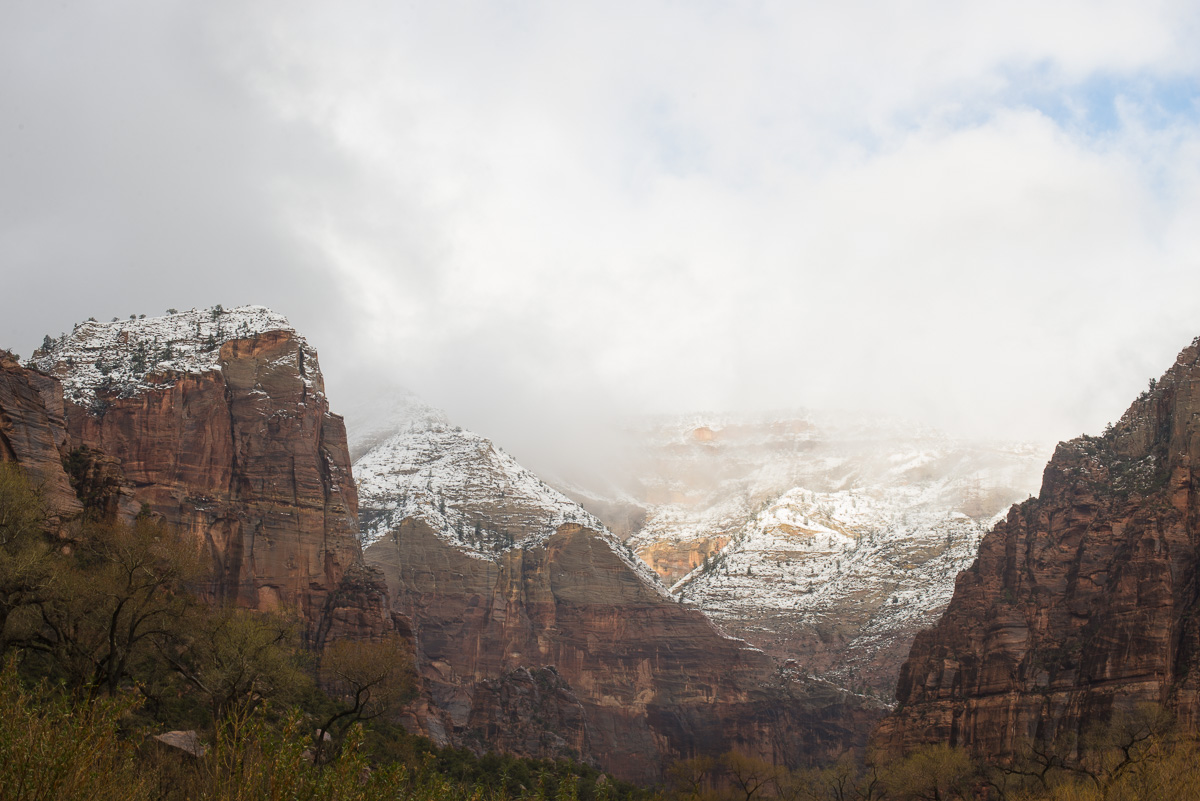
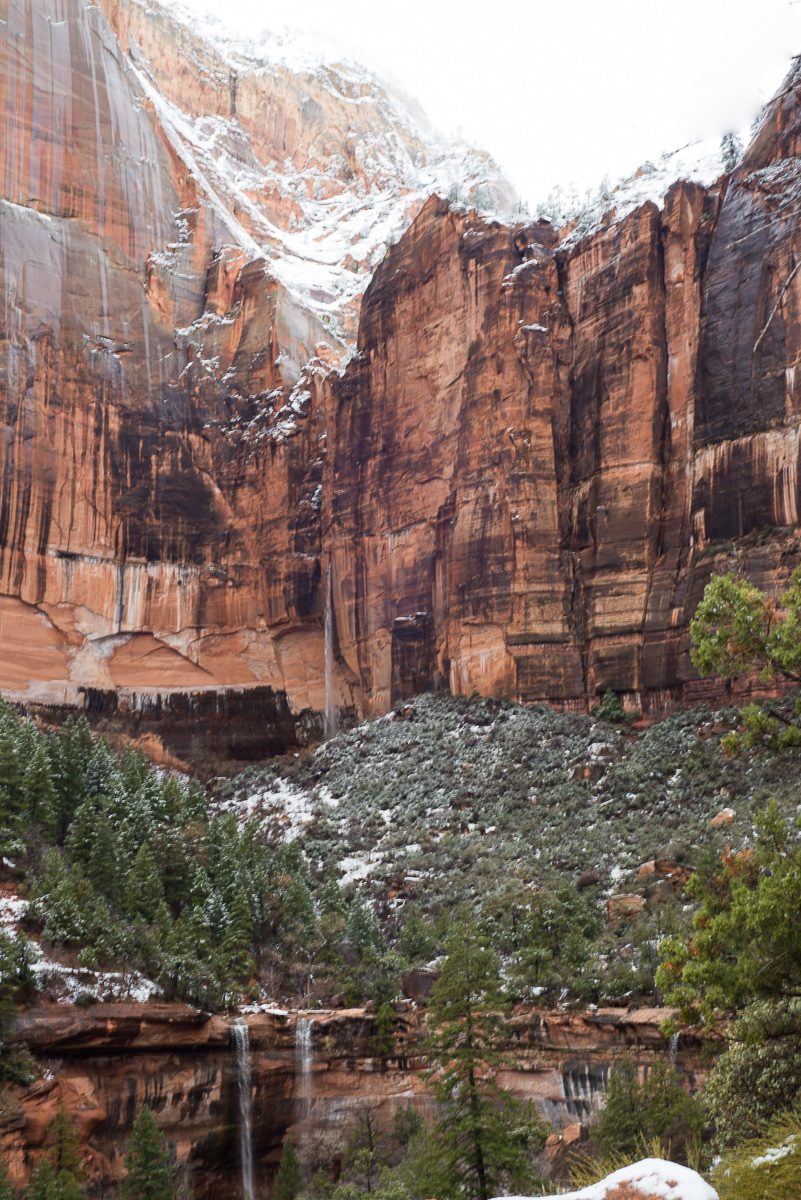
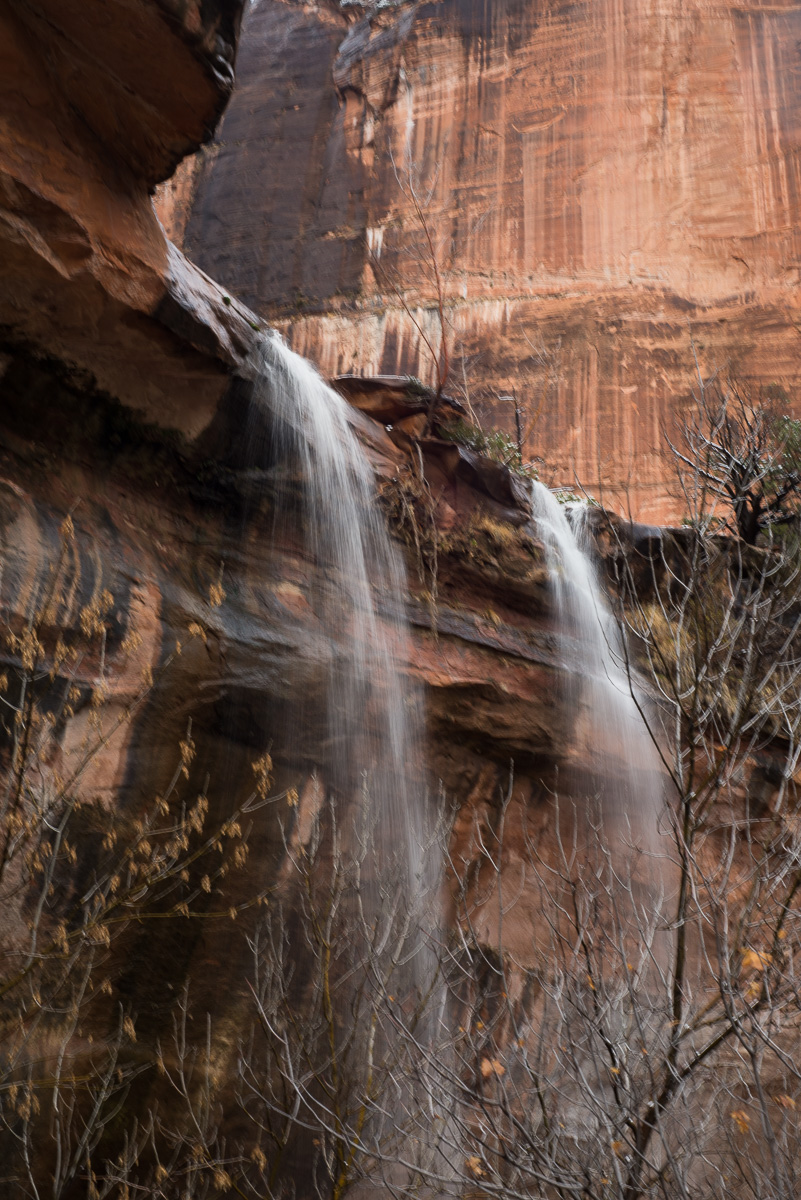
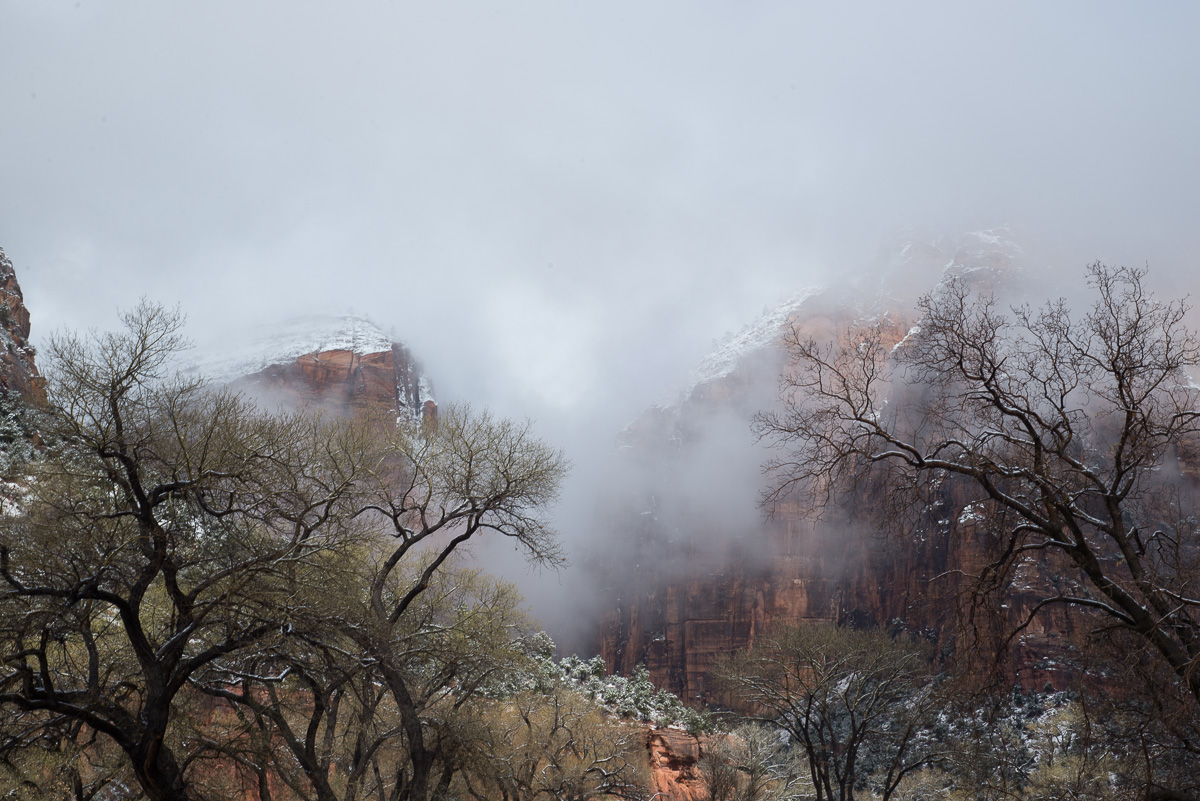
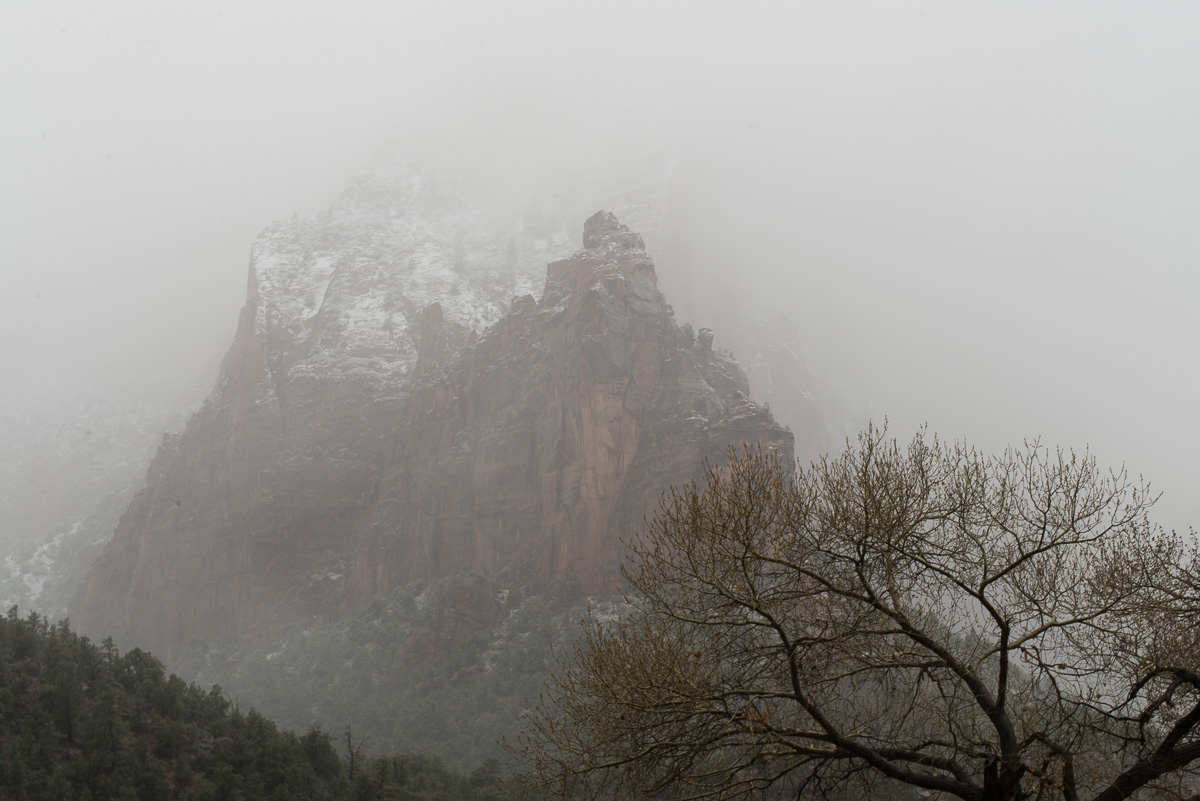





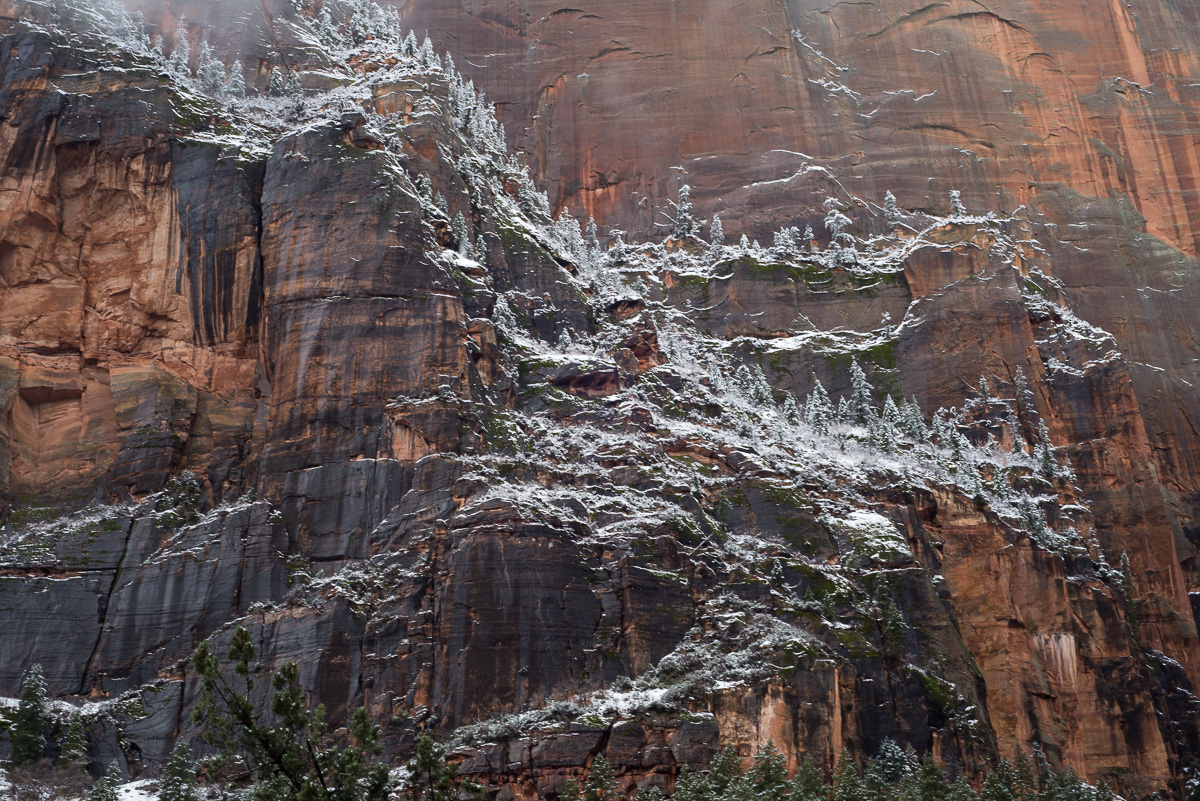
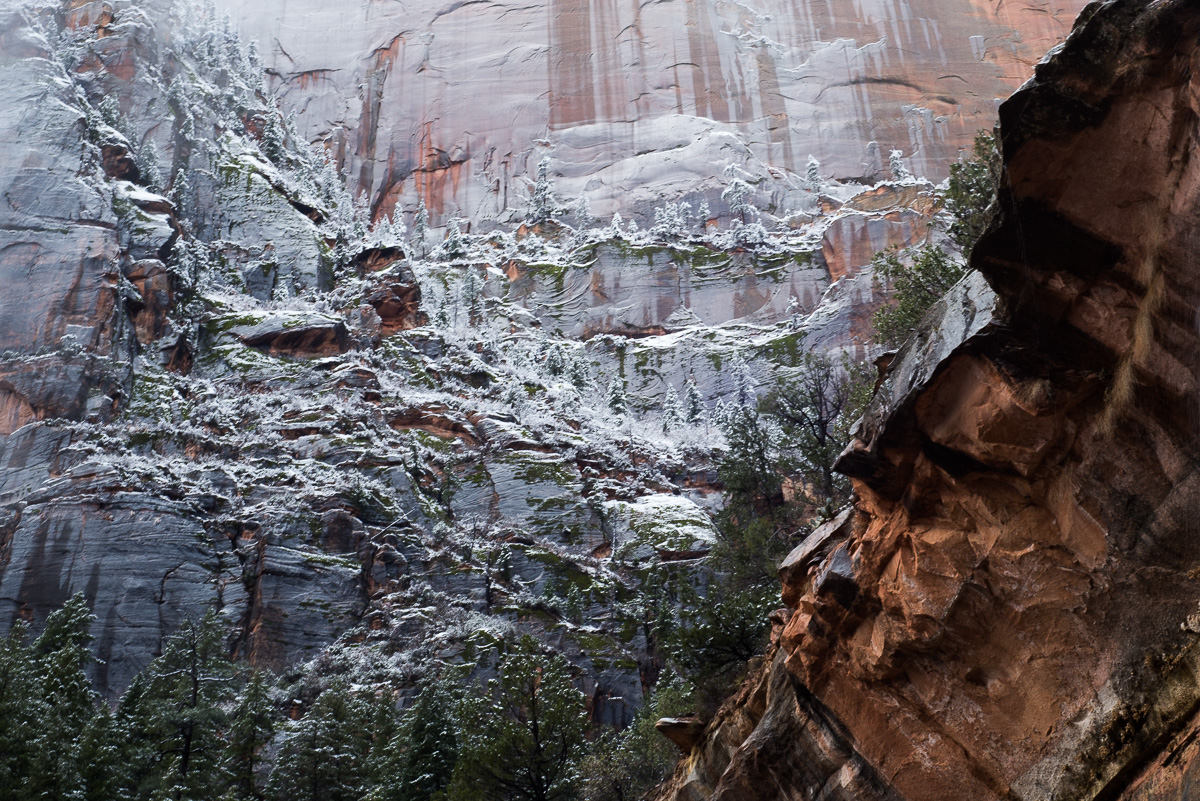

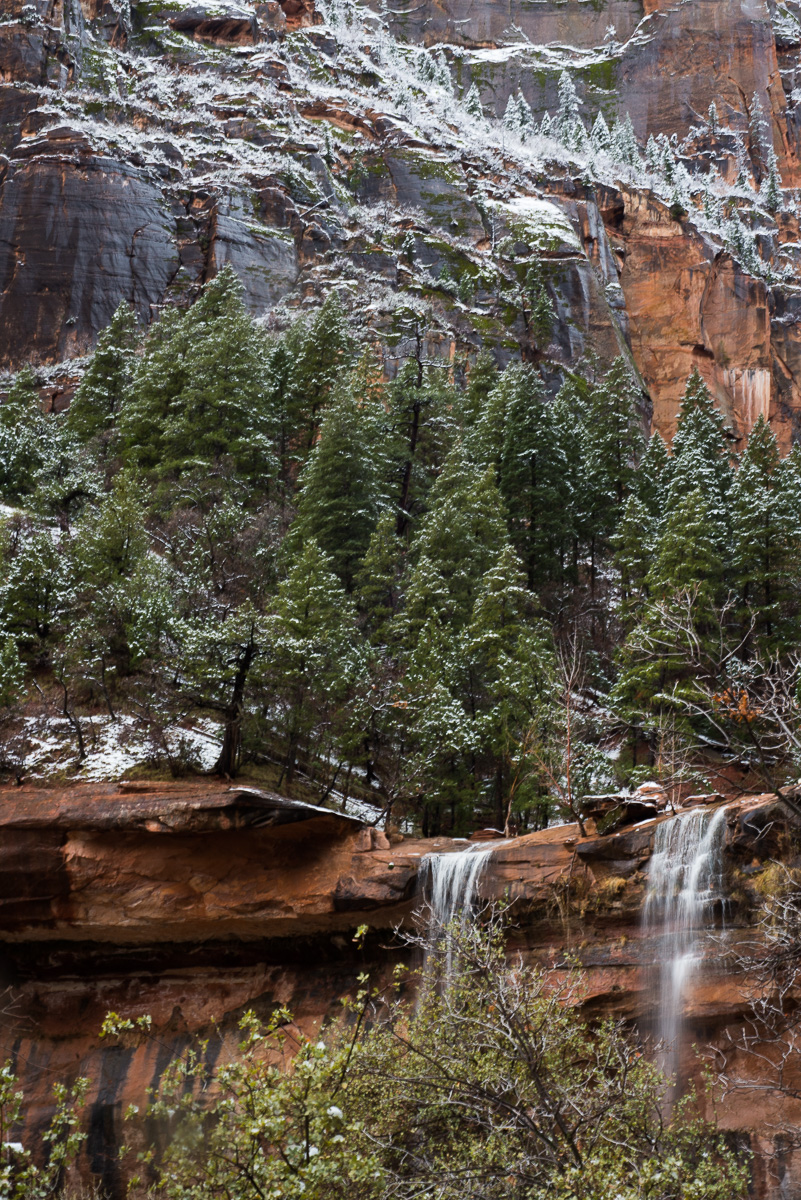
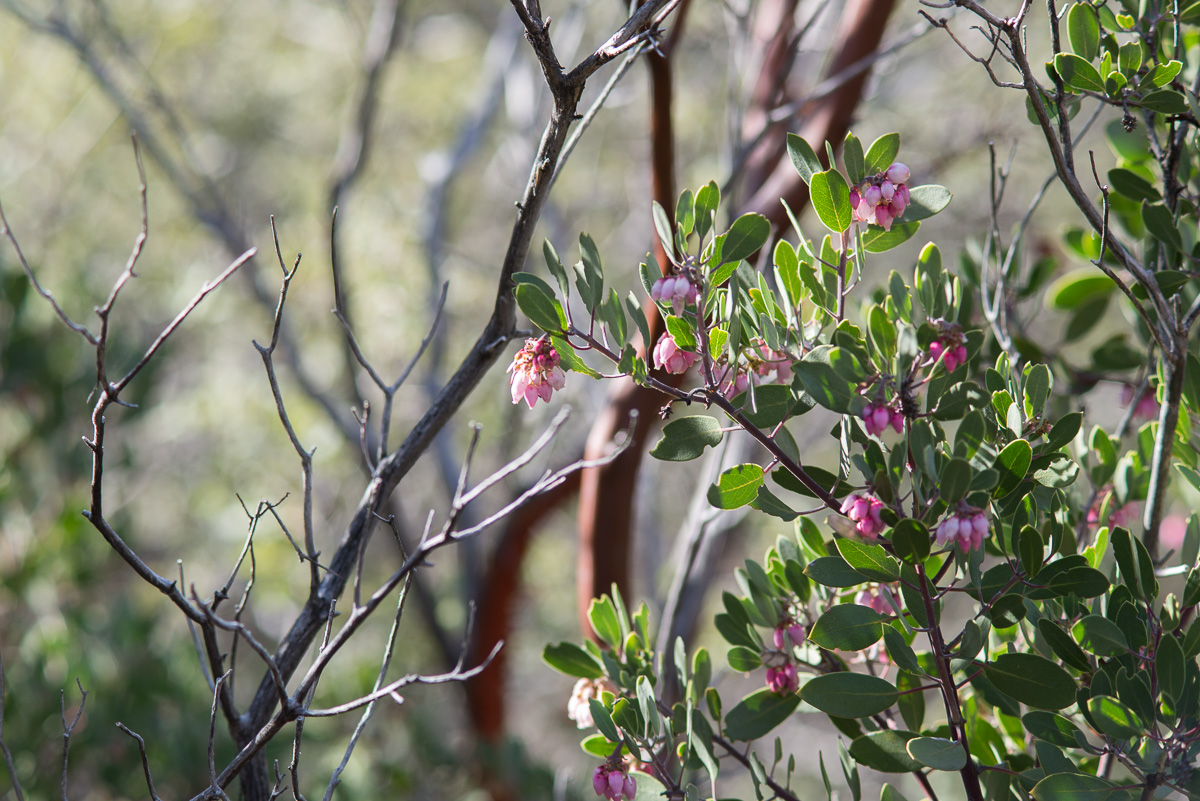
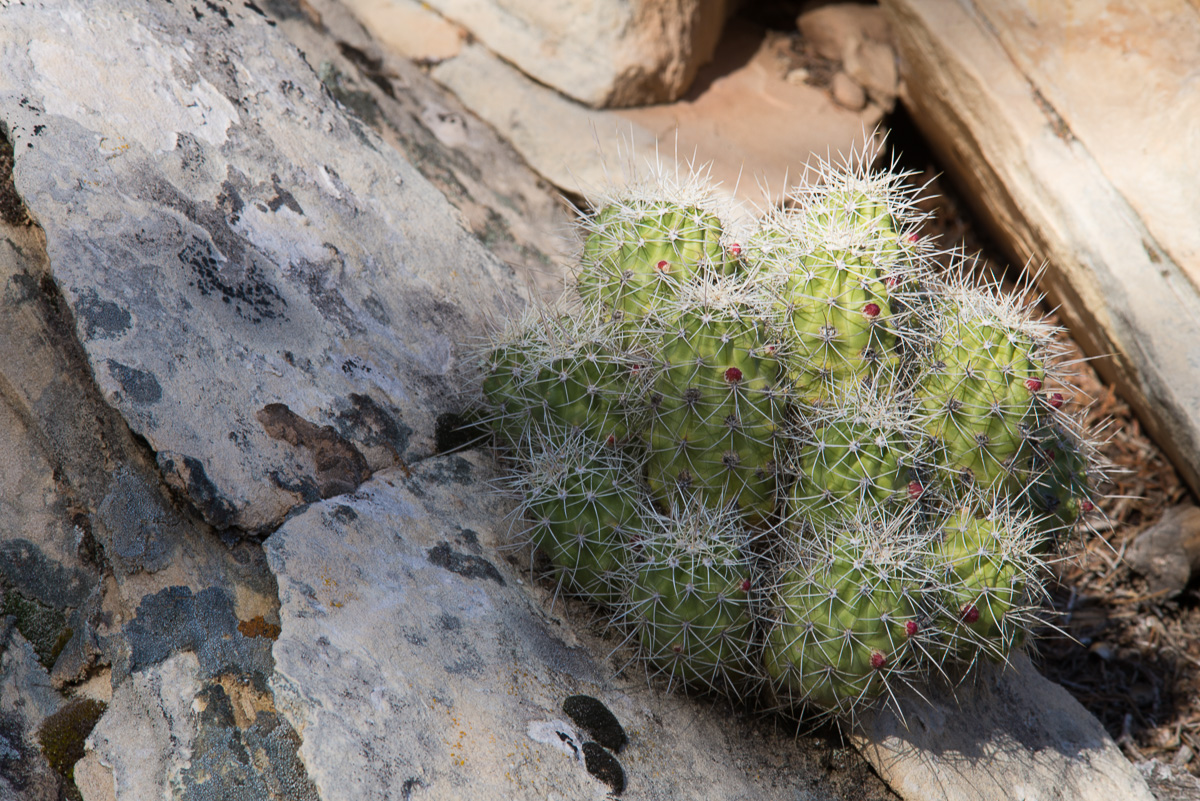
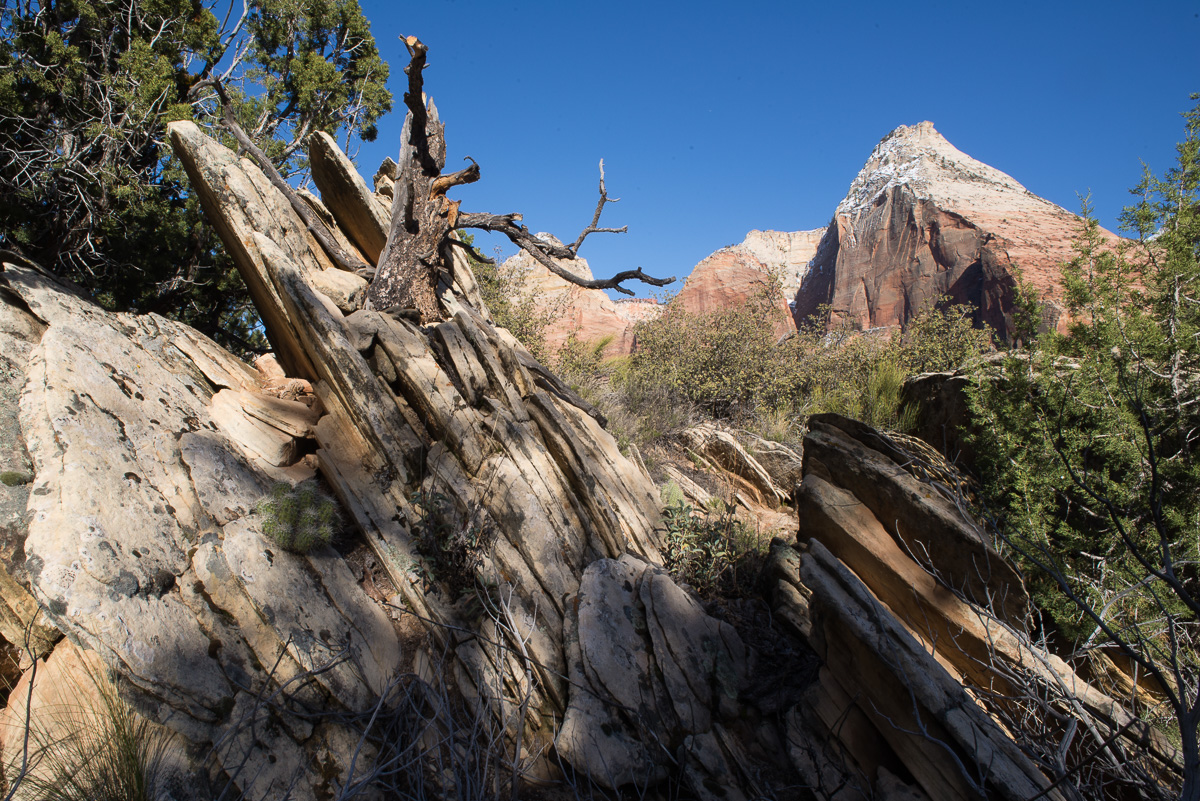
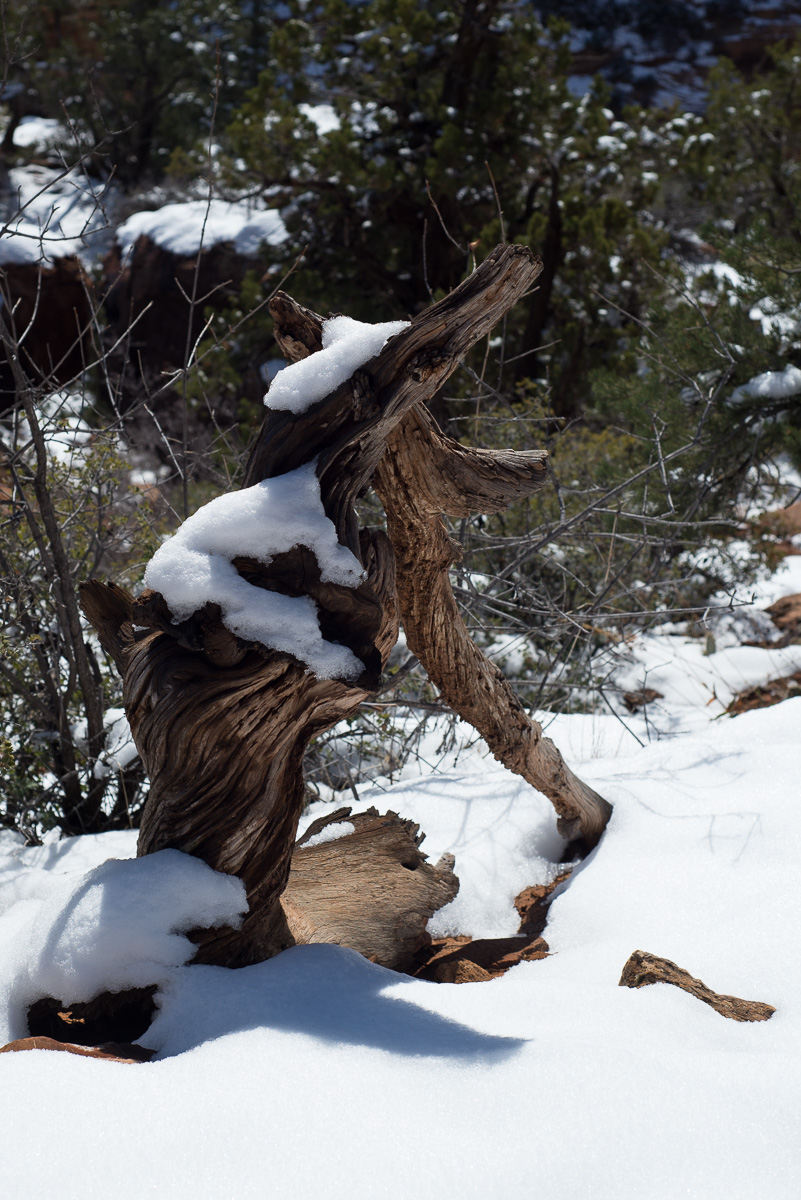
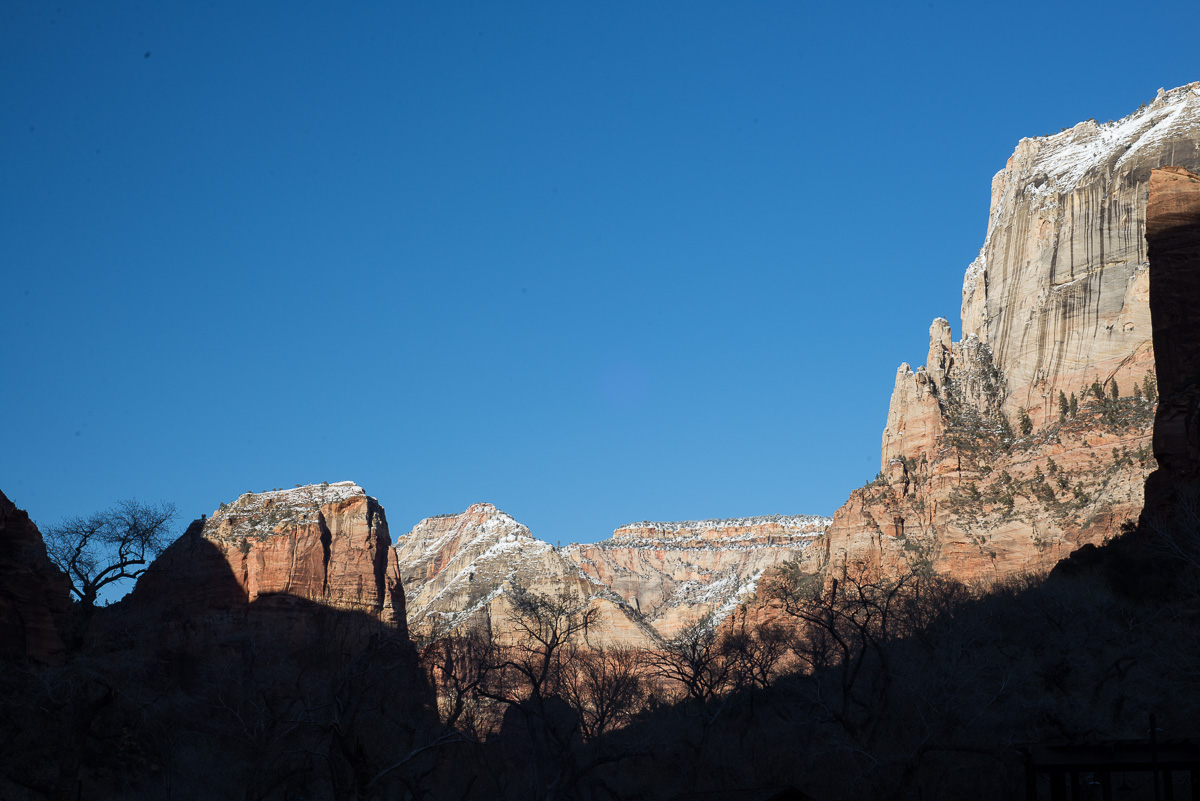


 …
…